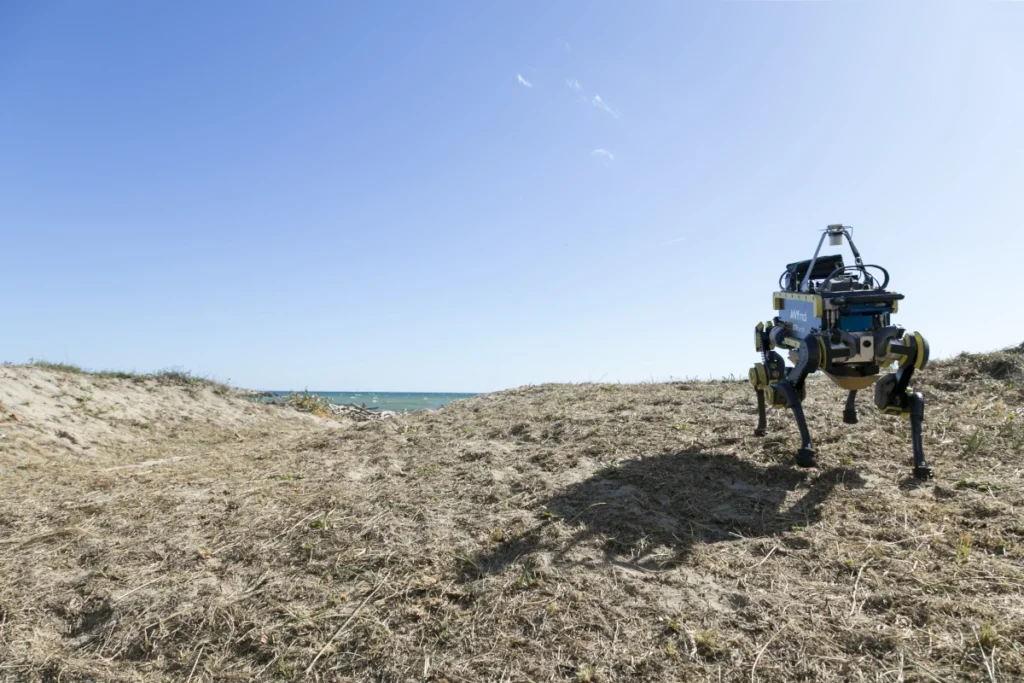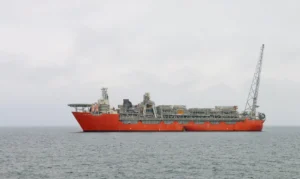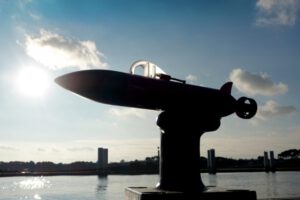Plastic debris has been found in almost every marine habitat. The sea receives 80% of plastics via rivers and coastlines, 20% from the sea. Plastics of Lower Density (LD) than seawater are expected to be transported as suspended-load. All plastics with a Higher Density (HD) than seawater are expected to be transported as bedload. Plastic debris size classification is made in accordance with the Gesamp organization:
- nanoplastics < 1 μm
- 1 μm < microplastics < 1mm
- 1mm < mesaplastics < 2,5 cm
- 2,5 cm < macroplastics < 1m
- 1m < megaplastics
The mouths of the river act as an important source of marine pollution by plastics, since they are able to transport the waste far offshore thanks to their high flow rate and strong currents. Plastic debris, more precisely the mesoplastic, washed on the beaches degrade in microplastics or smaller items, that are free to move and spread offshore, while a wide range of microparticles mix into beach sand. Although microplastics are not visible to the human eye, they still have negative effects on the ecosystem.
Waste on beaches and coastal areas are abundant, large number of recorded items are plastic. In order to significantly prevent and reduce marine waste, monitoring of beaches and coasts is an essential step. Remotely controlled or autonomous technologies are useful to collect the necessary data for a global view of land pollution.
The use of Unmanned Aerial Vehicles represents an efficient beach waste monitoring way. UAVs can be easily and quickly used and are able to cover large areas. Unfortunately, weather extreme conditions, such as wind, rain and storms, or thick vegetation, such as jungles or dense forests, can represent obstacles to UAV survey.
In this case, Unmanned Ground Vehicles (UGVs) can be used at all stages of monitoring, assessment and sampling of plastics waste. UGVs operate over rough terrain, in harsh environment, off-road, shallow water.

Beach surveys with UGVs are faster than traditional ground systems. In the offshore sector, many studies and surveys have been carried out to collect data on plastic pollution, while relatively little is known about the waste on beaches and coasts. UGVs can be effective to gather the data with unprecedented accuracy to study coastal deposits, while also limiting the impact caused by illegal landfills in protected areas.
The UGV represents an interesting and efficient solution for obtaining a large amount of data and capturing detailed and high-resolution images of environments. The UGV vehicles used for these tasks are rugged and lightweight, made with steel and aluminum materials that give them an adaptability to all types of difficult environments, aquatic or terrestrial, including steep grades and soft soils, in the presence of snow and mud; UGV vehicels are able to take on all kinds of missions.
UGV vehicles can be easily customized with sensors, manipulators and other payloads to a wide variety of applications.
Marine plastic pollution and microplastics have substantial negative effects on ecological, social, and economic areas, but with new technology available it is possible to prevent, control and reduce the pollution of coasts and beaches.
Image
Cover: plastic litter by Bo Eide, from flickr.
Article: ANYmal walking on the beach by Ludovica Bastianini, ETH Zurich, from flickr



